Essential Documents and Administrative Items
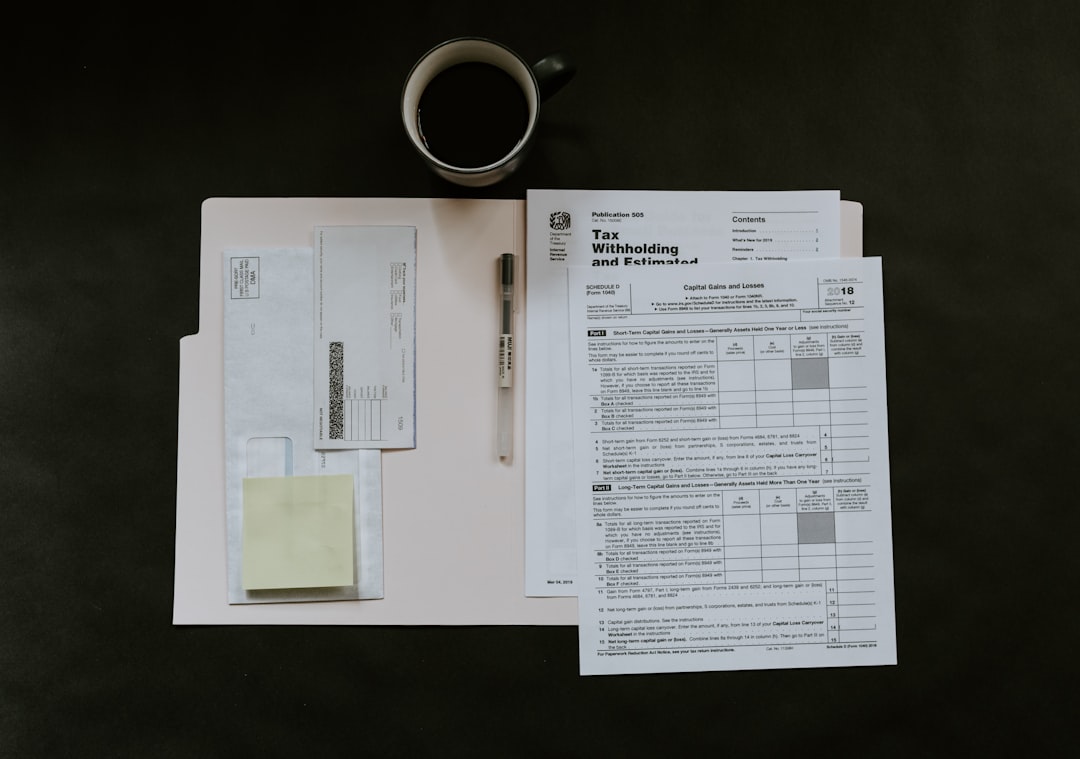
Getting your paperwork in order might be the most boring part of preparing for delivery, but it’s absolutely crucial. Your birth plan (if you created one), your insurance card and any hospital paperwork you need, plus a list of prescription medications you’re currently taking, along with their dosage, to share with your doctor upon check-in should be your first priority.
Don’t forget that the only essential item is the maternity notes, which you should have at hand from 37 weeks. Many Trusts now offer digital notes, so this might be on a phone, but if you’ve opted out of digital systems, make sure your paper copy is easily accessible.
Nursing Bras and Breast Support
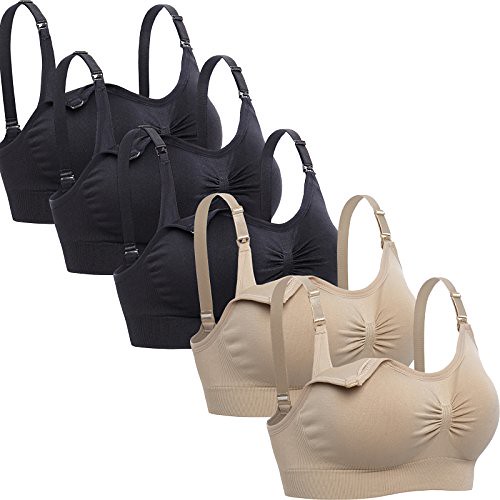
Your body is going through some major changes, and your chest area needs proper support during this time. Be prepared with a few nursing bras or other comfortable, well-fitting bras because this isn’t the time to wing it with your regular undergarments. Pack 2 or 3 comfortable and supportive bras, including nursing bras if you’re planning to breastfeed, remembering that your breasts will be much larger than usual.
Think about it this way – you wouldn’t run a marathon in dress shoes, so don’t navigate labor and recovery in the wrong bra. A seamless bra will provide you with that much needed support and will stretch and contract with your body as your breasts learn to regulate their milk supply. Even if you’re not planning to breastfeed, you will need breast pads whether or not you are breastfeeding because they stop leaks by absorbing milk.
Maternity Pads and Postpartum Essentials
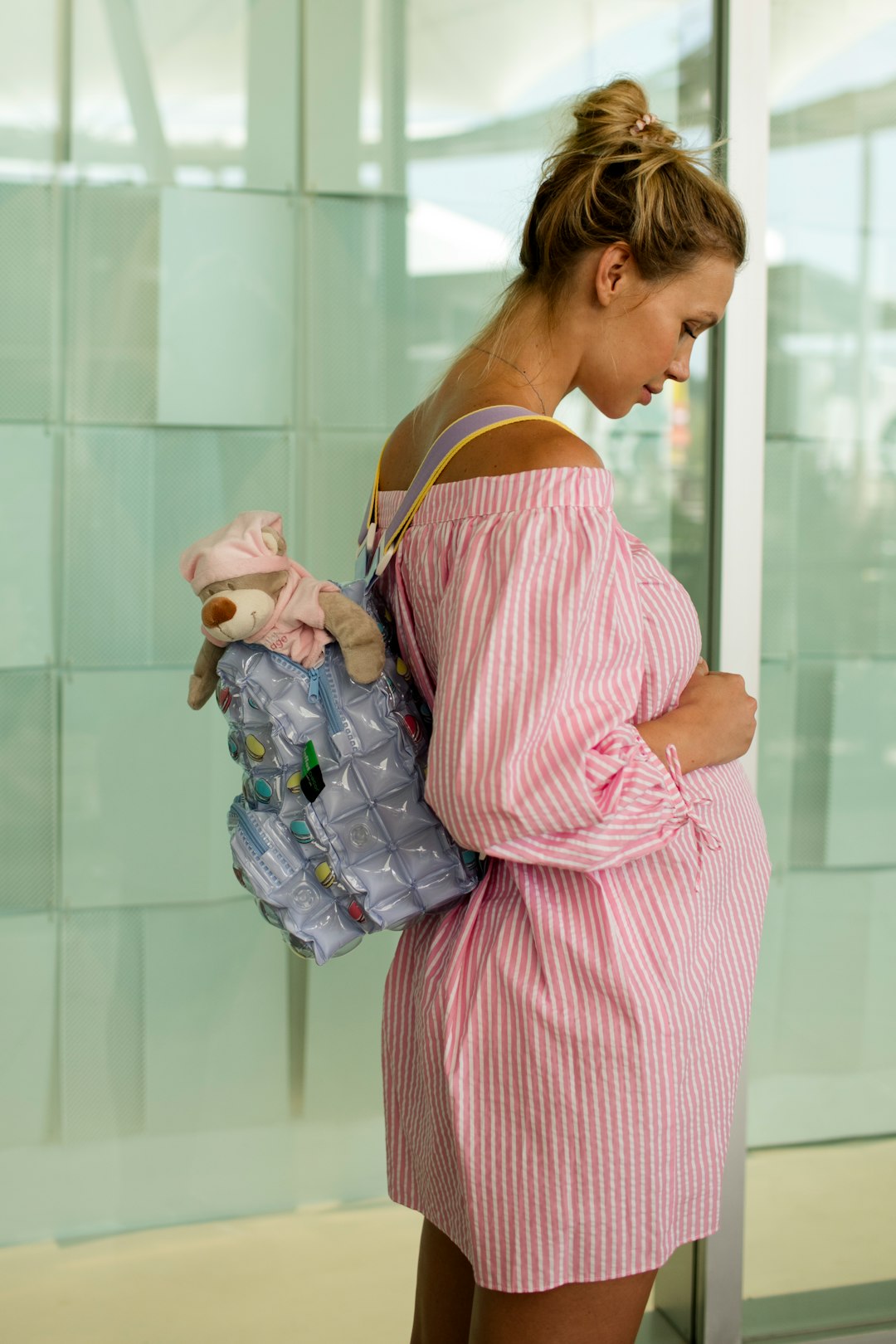
This is where things get real about postpartum recovery. The hospital will provide some heavy-duty maternity pads, but you may want to pack a few extra, just in case, because it’s normal to bleed a lot after the birth, and maternity pads are softer and more absorbent than standard pads. You’re looking at some serious flow here – initially you may need to change pads every one to two hours, but within a few days, the flow will start to decrease.
Your regular period pads won’t cut it for this situation. Pack a couple of packets of maternity pads or super-size sanitary pads for the bleeding you will have after the birth, and do not use tampons. Hospitals often provide stretchy underwear, but you may want to pack several pairs that are large enough to wear over heavy-duty maternity pads.
Comfortable Clothing and Sleepwear
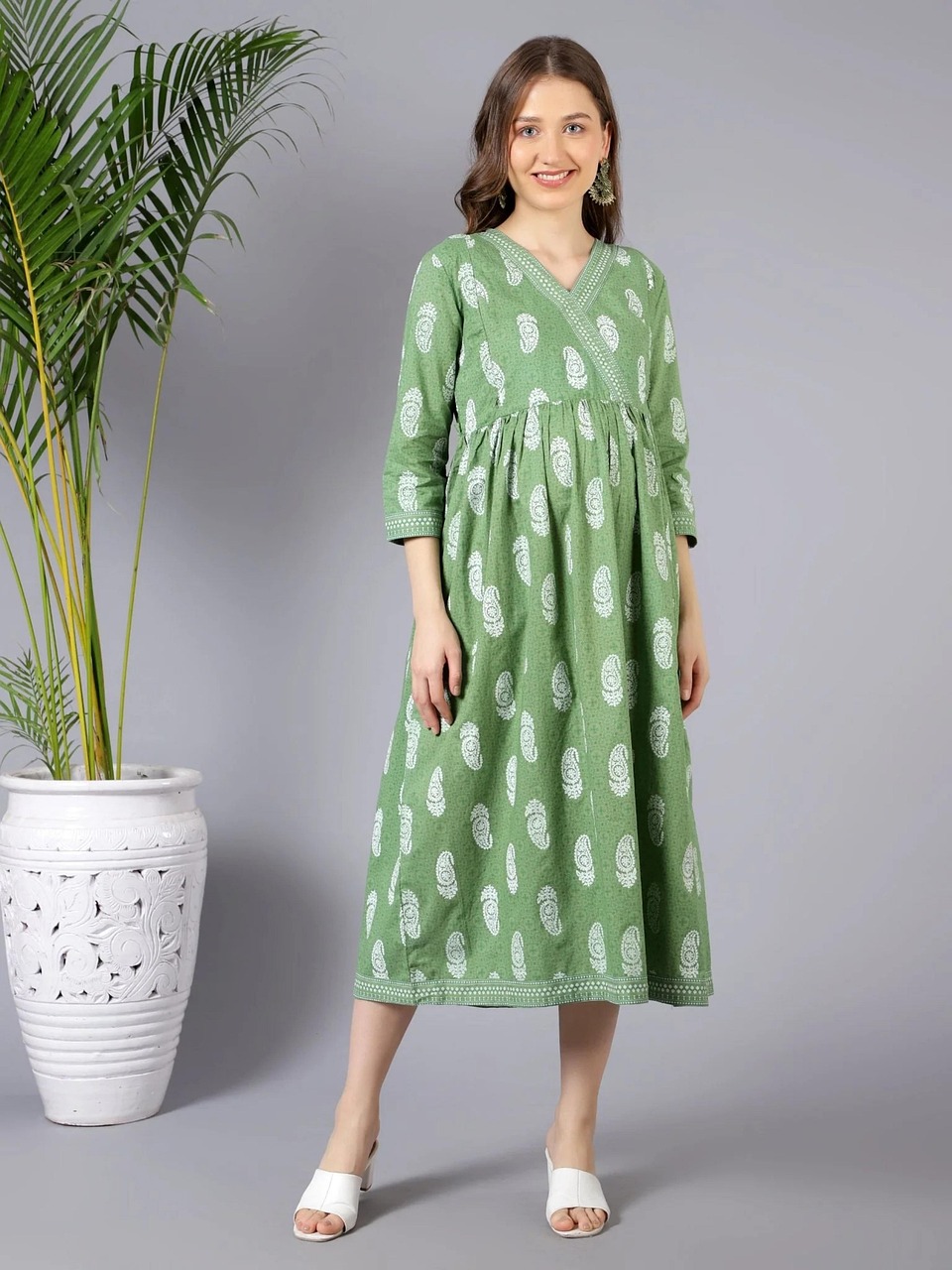
Forget about looking like a fashion model – comfort is your new best friend. You’ll need something comfortable to sleep in during your hospital stay, and a soft, loose nightgown is a good option, choosing a front-opening style if you plan to breastfeed. Hospital gowns are practical, but many women prefer their own sleepwear for psychological comfort.
You might choose to take some comfortable clothes to wear during your hospital stay, packing an extra outfit to wear home and choosing something loose-fitting with a drawstring or elastic waist. Think of clothes that fit you at about six months pregnant – your belly won’t disappear magically after delivery.
Personal Care and Toiletry Items
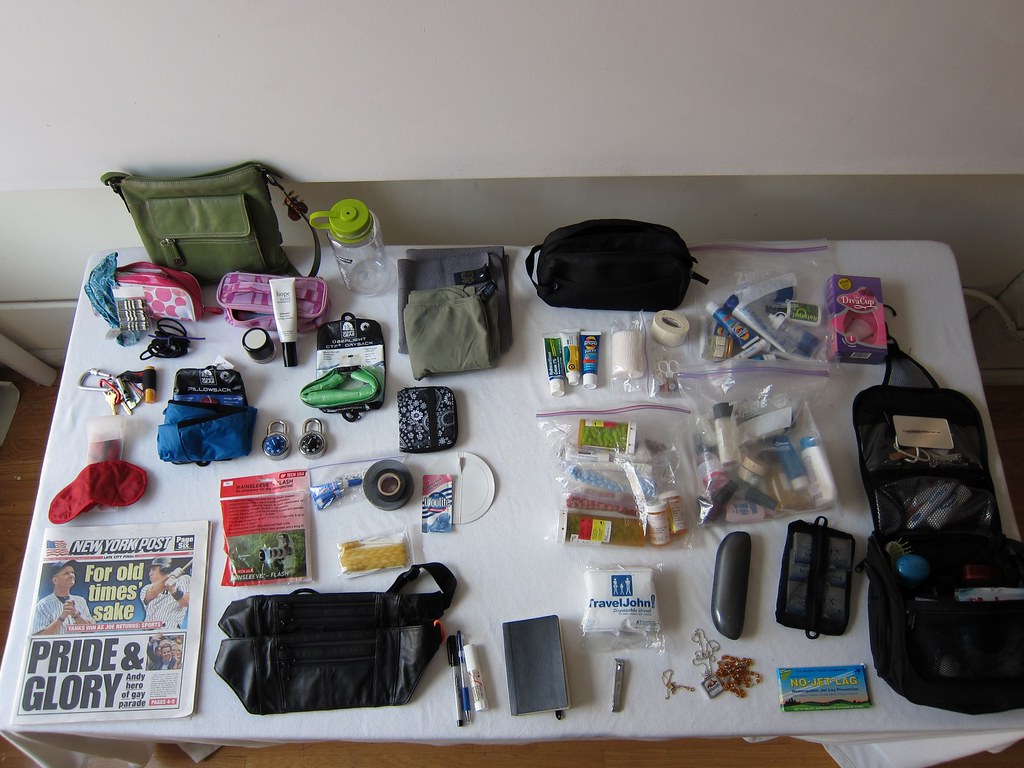
Hospital toiletries are notoriously basic, so bringing your own can make a huge difference in how you feel. Don’t forget tissues, a hairbrush, a comb, deodorant, a toothbrush, toothpaste, shampoo, conditioner, a hairdryer, hair clips, and hair ties. These small comforts can help you feel more like yourself during an intense time.
Because hospitals are very dry, pack lip balm – check out this natural beeswax balm from Burt’s Bees. Hair management is also crucial – avoid clips since they’ll probably poke you, and consider a versatile headband that has thousands of rave reviews and will wick away sweat.
Snacks and Hydration Supplies

Labor can be a marathon, not a sprint, so fuel your body properly. You might want to pack some healthy snacks to keep your energy up during labor, such as granola bars or dried fruit, and if you have some favorite snacks, these may act as comfort food for you after giving birth. Hospital cafeteria food isn’t exactly gourmet, so having your own treats can be a real morale booster.
Bringing a reusable water bottle is also a good idea to keep yourself hydrated during your stay. Easily digestible crackers, healthy granola bars, and hydrating sports drinks with electrolytes are good choices. However, check with your doctor to see if you will be able to eat at all during labor, and if so, pack some snacks that can provide some energy mid-labor.
Entertainment and Comfort Items

There’s going to be a lot of waiting around, especially if you’re in early labor. To fight boredom and manage stress during downtime, consider bringing entertainment options like books, crossword puzzles, a portable gaming device, calming music, a meditation app, or a camera/video recorder to capture precious moments. But keep it simple – think magazines and newspapers, not War and Peace.
Comfort items like a pillow, blanket, journal or your favorite playlist can help ease the experience. Don’t underestimate the power of familiar items in an unfamiliar environment. Bring a pillow from home to make you more comfortable – just make sure you have a different colored pillowcase on it to distinguish it from hospital pillows.
Technology and Charging Equipment
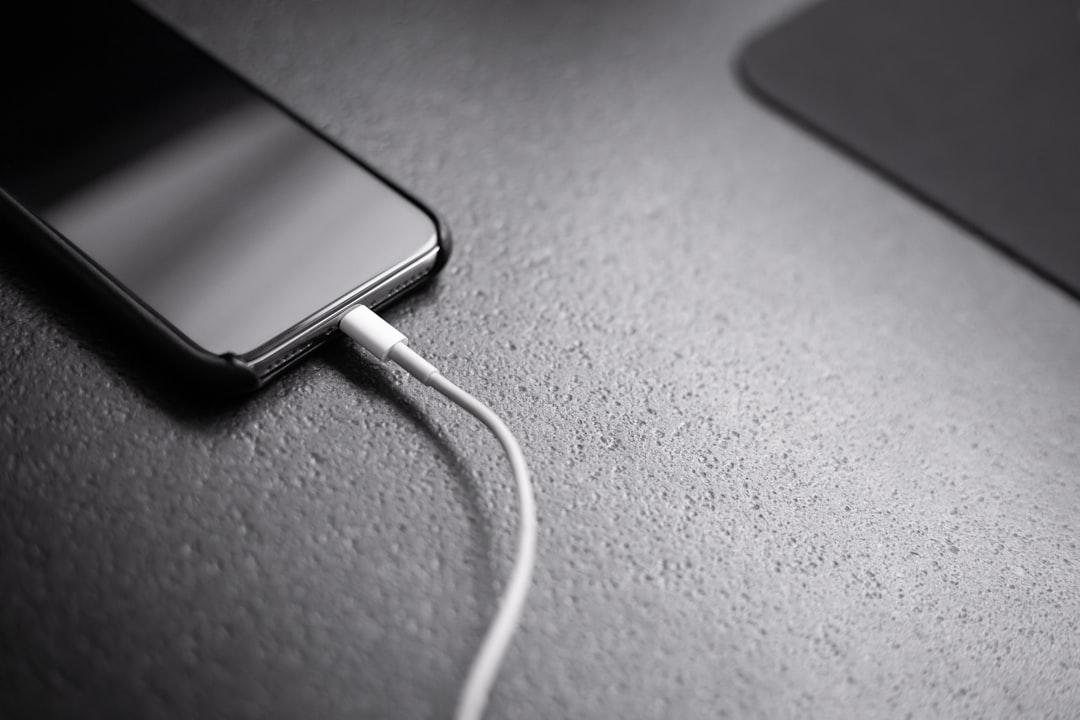
In our digital age, a dead phone during labor is basically a nightmare scenario. To ensure you can stay connected with loved ones and document the special moments, don’t forget to pack your phone charger and an external battery pack, because you’ll want your phone to be fully charged to capture those precious first moments with your little one and to keep friends and family updated with the exciting news.
Consider bringing your regular USB charger cable and a portable power bank. You’ll need earbuds to listen to music or your labor playlist on your phone, and now may just be the time to splurge on rechargeable earbuds because the last thing you need are tangled wires. Hospital rooms aren’t exactly known for having convenient outlet placement.
Baby’s Going-Home Outfit and Car Seat
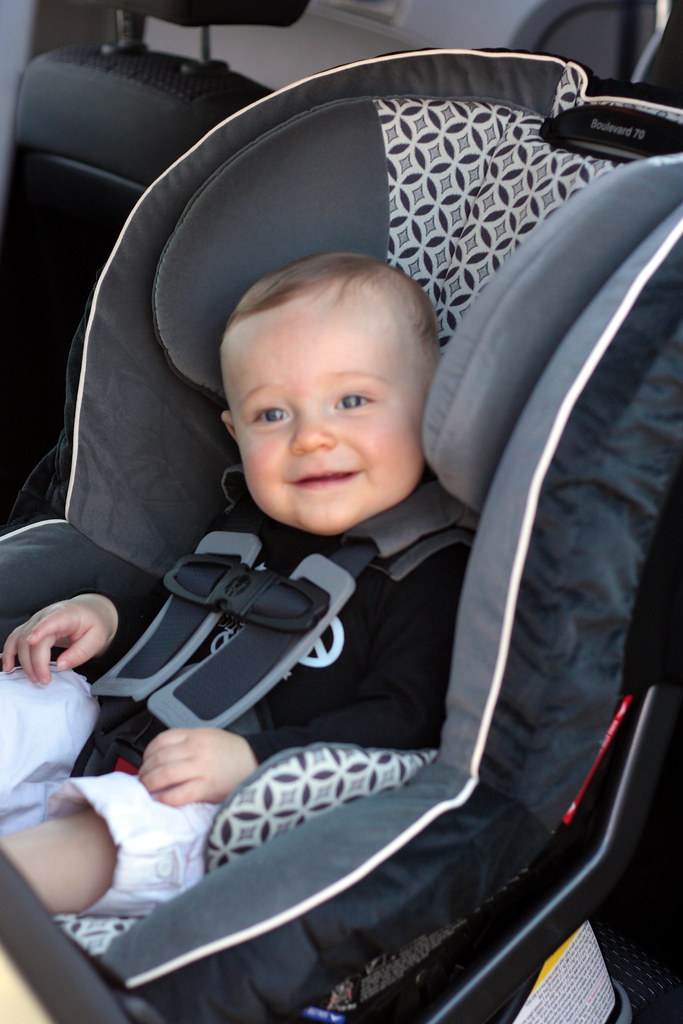
This is where the excitement really kicks in – preparing for your baby’s grand exit. You will not be allowed to leave the hospital without an infant car seat and infant head support – make sure you bring the instructions. The most important thing to remember to bring for your baby is the infant car seat, as the State of Florida requires you to have an approved, properly installed car seat before the hospital can discharge you.
For baby’s first outfit, pack baby onesies in multiple sizes because you never know how big or small baby will actually be until they’re born – many parents only pack standard newborn outfits, and their baby was absolutely swimming in them. Pack clothes for your baby to come home in, which might include a hat, scratch mittens, socks and a pram suit if it is going to be cold outside.
Partner’s Essentials and Support Items
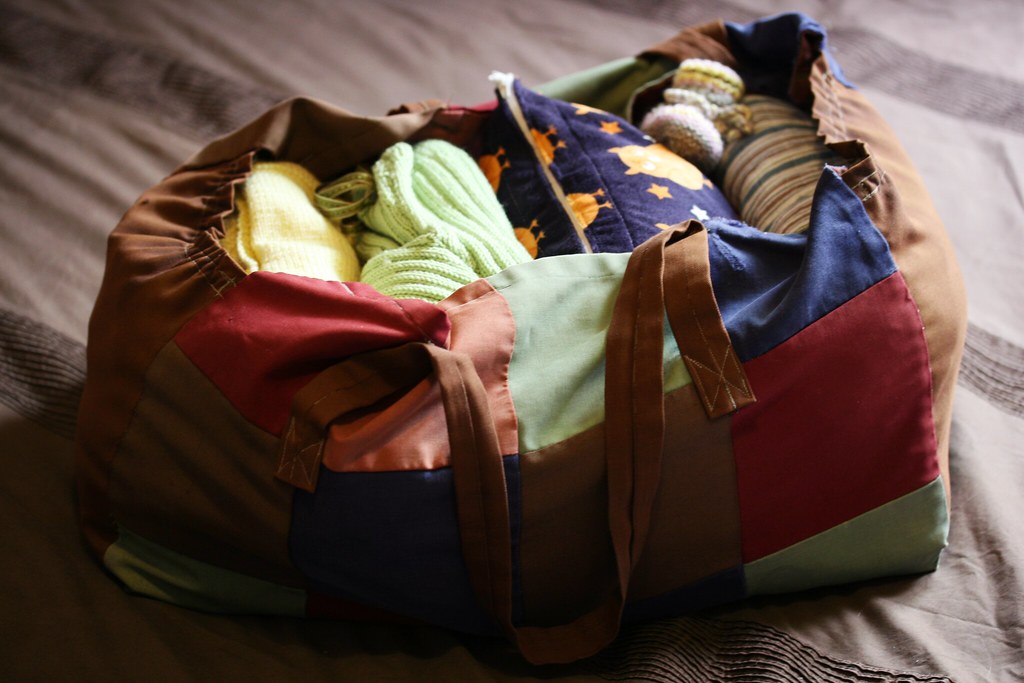
Your partner or support person shouldn’t be an afterthought in this packing process. While partners don’t require a full maternity hospital bag, some essentials can help them stay comfortable – pack snacks, a change of clothes, toiletries, a phone charger, and any necessary paperwork, with many partners appreciating a blanket and pillow from home for added comfort during longer stays.
Your support person won’t need much — just what they need to be comfortable for a couple of days, including comfortable shoes since they should anticipate a lot of standing during labor and delivery, plus toiletries such as toothbrush, toothpaste, and deodorant. Labor can be a long process, so be prepared with snacks, and a cooler filled with drinks and sandwiches keeps the partner close by and can help avoid multiple trips to the hospital cafeteria.
Having your hospital bag packed and ready transforms the chaos of labor into something manageable. It’s a good idea not to leave it for later than 38 weeks because you want to have that hospital bag ready to go whenever baby decides to show up. Remember, on average, moms who deliver vaginally stay in the hospital for one to two days, while if you deliver via c-section, you’d be looking at closer to three or four days. Pack smart, stay calm, and get ready for the adventure of a lifetime.

